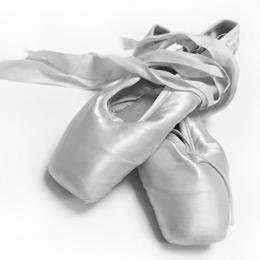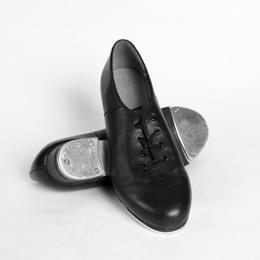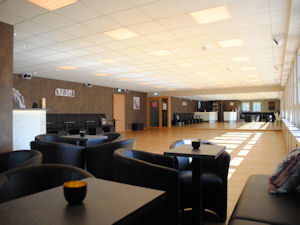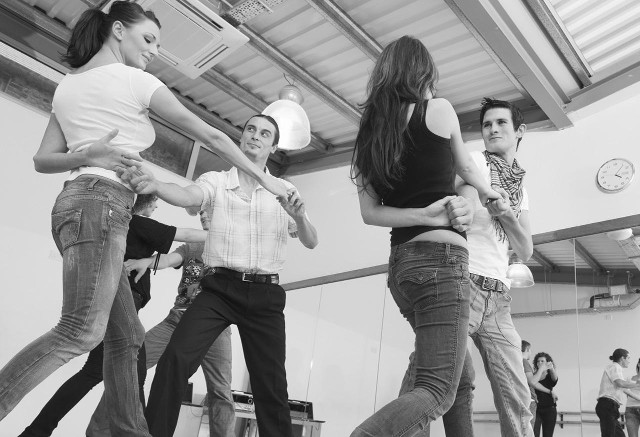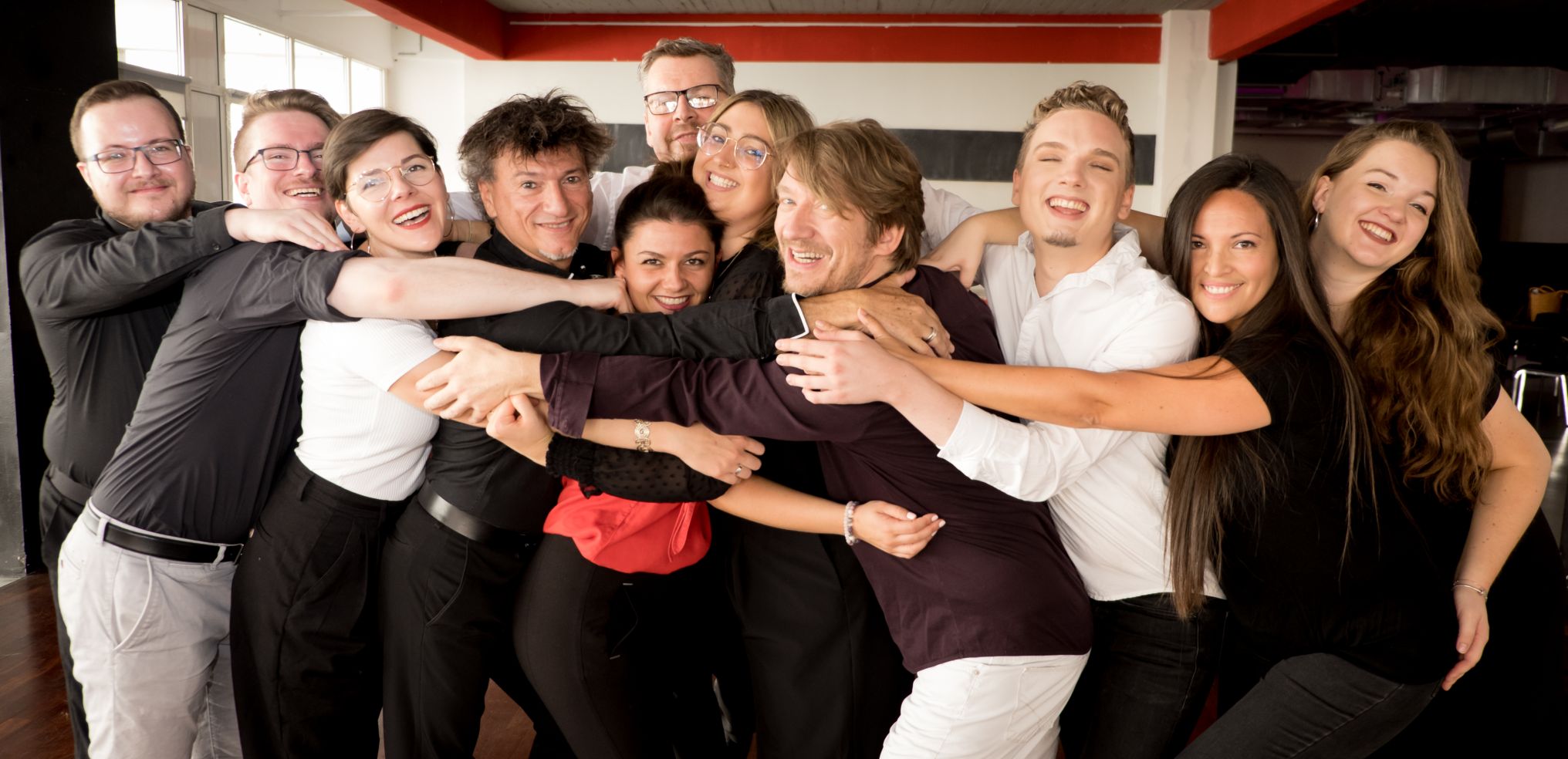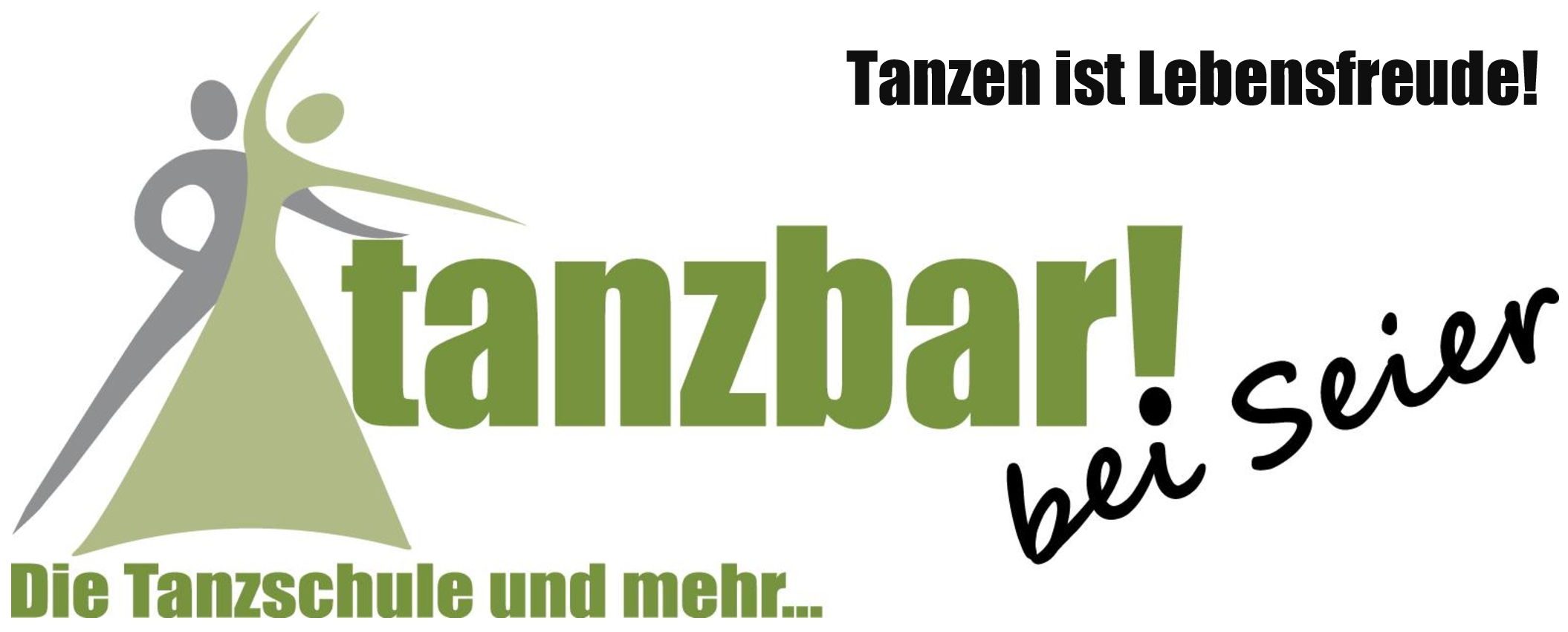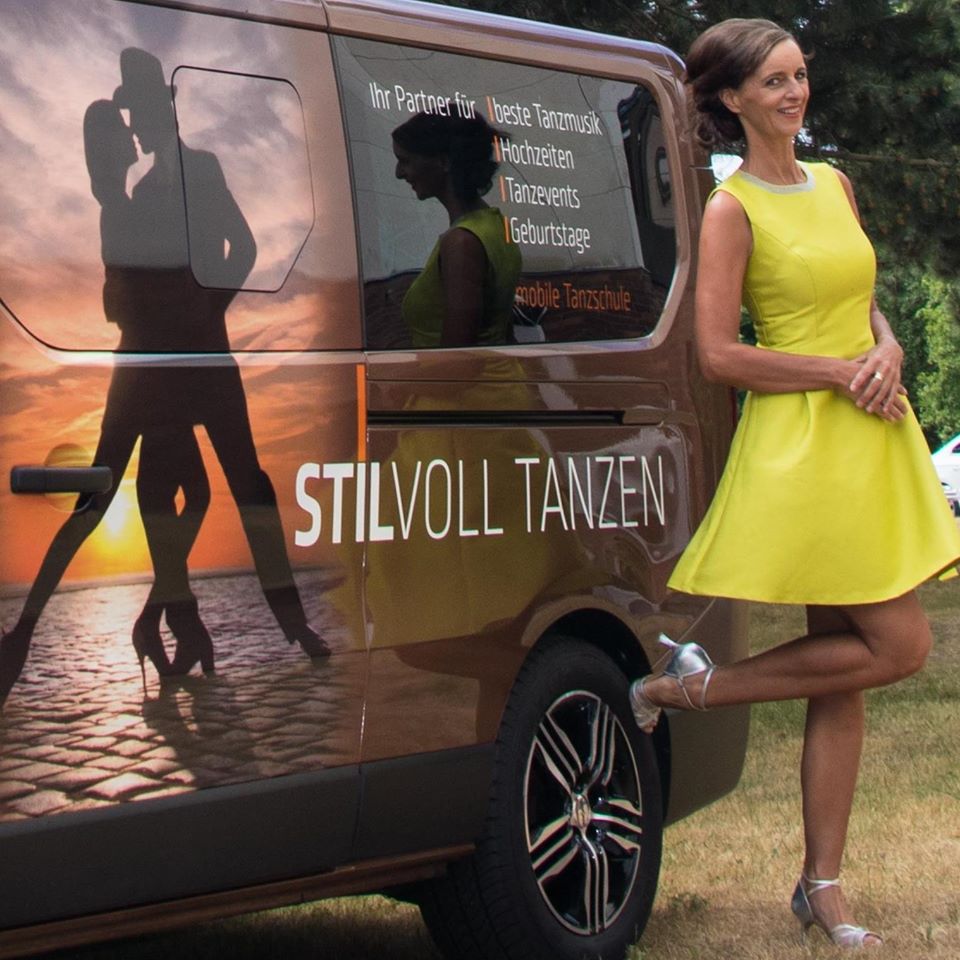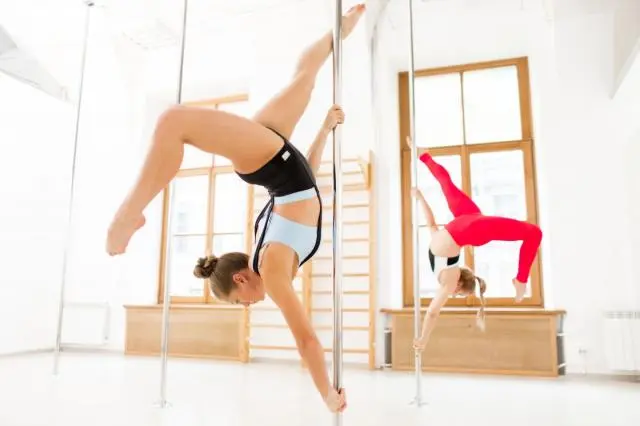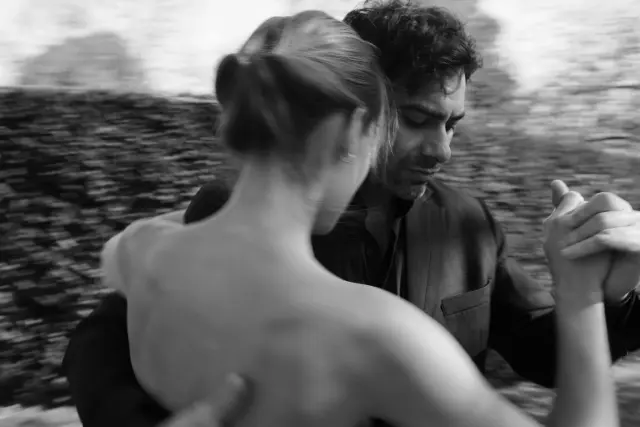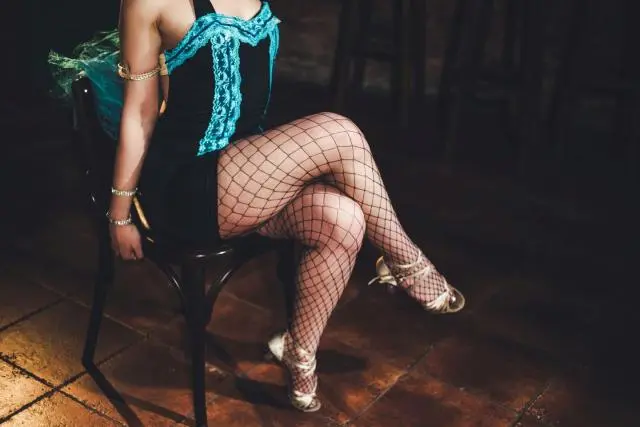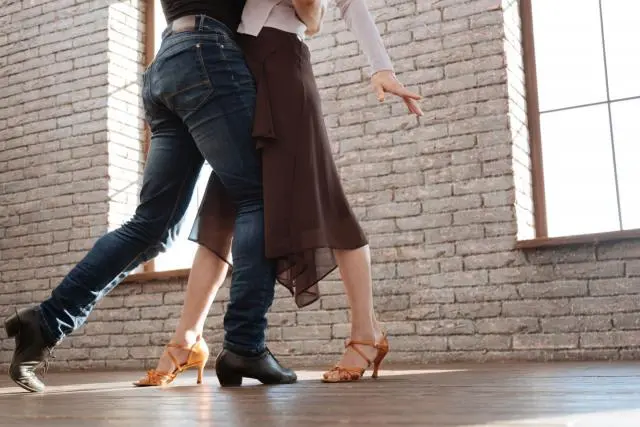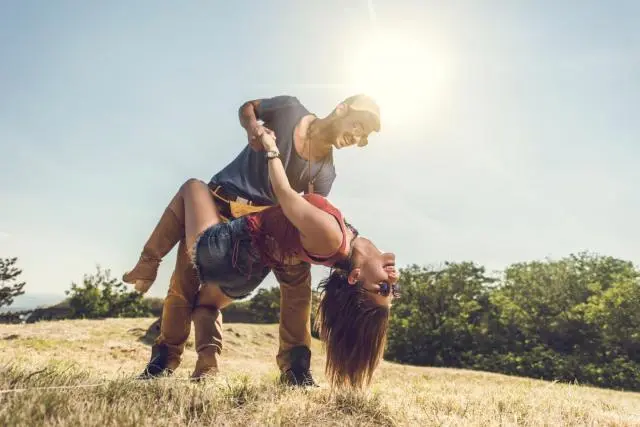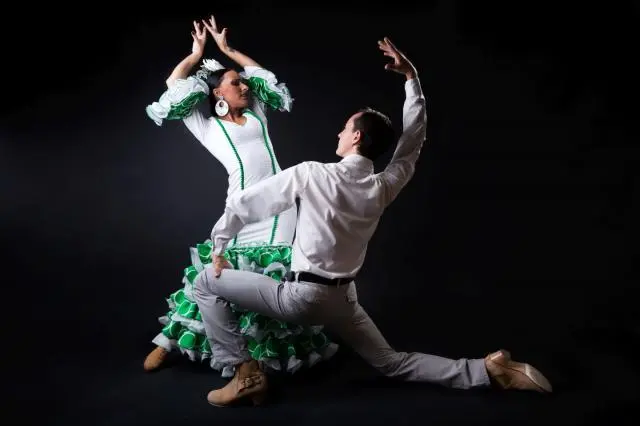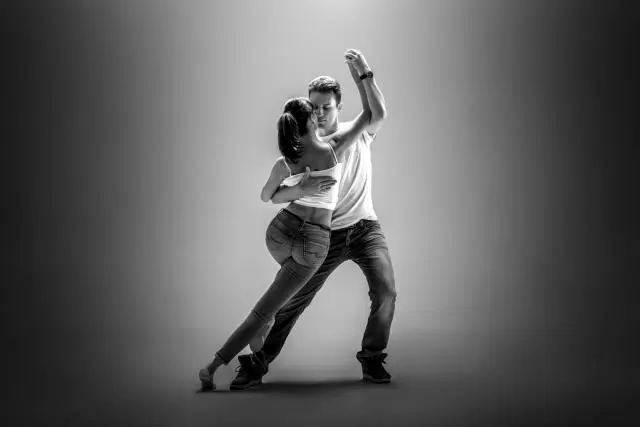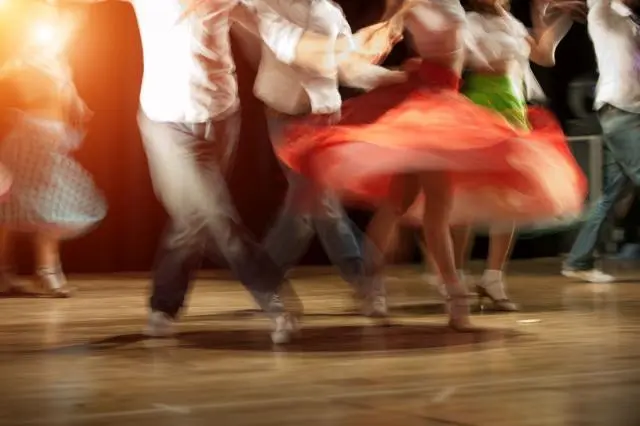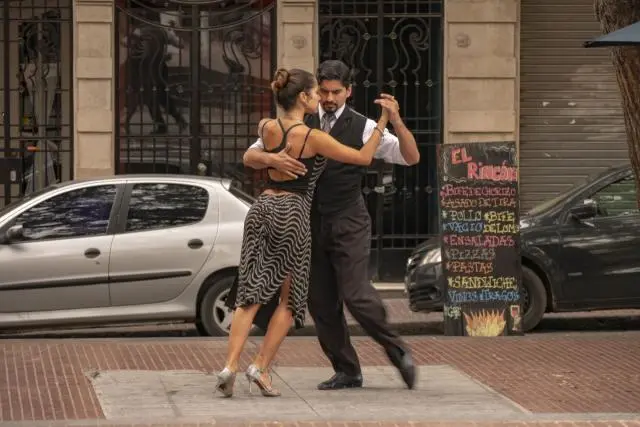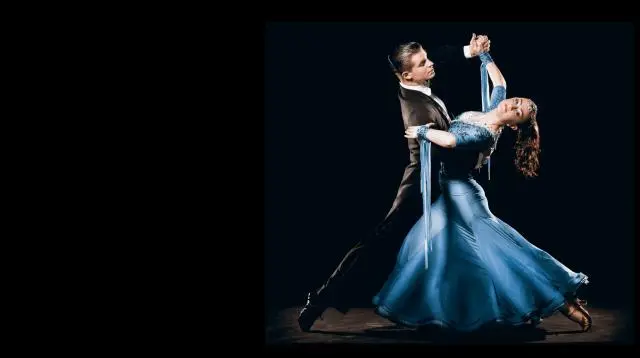
What you need to know about Quickstep
Quickstep - A Dance as Bubbly as Champagne
Quickstep is one of the standard dances performed at international dance tournaments, events, and, of course, balls. It is a fast-paced partner dance that has evolved from Foxtrot and Onestep. Quickstep is often referred to as a very athletic dance simply because dance couples hop and trip rapidly across the dance floor with quick steps. While Quickstep is enjoyable to watch, dancing it yourself is even more fun. This standard dance is so full of joy that it immediately captivates everyone on the dance floor, even if the step sequence is often sweat-inducing. However, despite all the effort, Quickstep is exhilarating, and it's no wonder that it is also called the Champagne of dances in dancer jargon. With its jumps, figures, fast runs, and rapid steps, this is a perfect description.
Dancing Quickstep - A Dance as Demanding as Endurance Sport
Quickstep is anything but boring. To endure this dance, you need a lot of stamina. However, the feeling of whirling across the dance floor at a rapid pace is simply priceless. Quickstep brings happiness and certainly stimulates the circulation. Moreover, this dance consists of many different figures and sequences. Typical for Quickstep are turns to the left and right, the Seitchassé, cross steps to both sides, the Tipple-Chassé, walked turns, the Four-Run, and the End Run. The music of Quickstep is also lively and spirited. It has evolved from the Fox and includes accents of Ragtime and Charleston. Quickstep is a very rhythmic dance, and drums with Hi-Hat and cymbals must never be missing in the music.
Quickstep ballroom dance
The Quickstep is a lively and energetic ballroom dance that originated in the 1920s in New York City, with roots in the foxtrot and the Charleston. It is characterized by its fast and flowing movements, syncopations, and a brisk tempo, typically around 48 to 52 measures per minute in 4/4 time. The dance is known for its quick, light steps, hops, skips, and kicks, which create a dynamic and engaging performance.
The dance is part of the standard ballroom dances and is popular in both competitive and social settings. It is included in the International Style syllabus but not in the American Style smooth category, as it is considered a separate dance from the foxtrot. The Quickstep has gained exposure through television shows like "Dancing with the Stars" and "So You Think You Can Dance."
The dance has evolved significantly since its inception, incorporating elements from other dances such as the shag, peabody, and one-step. Today's Quickstep is quite different from its original "Quick Time Foxtrot Charleston" version, with more complex and intricate choreography.
Quickstep dance basic steps
The Quickstep is a fast and energetic ballroom dance with the following basic steps:
-
Begin in a closed position.
-
Step forward with your right foot (slow).
-
Step to the left with your left foot, then slide your right foot to close with your left foot (quick).
-
Step to the left again with your left foot (quick).
-
Step backward with your right foot (slow).
-
Step to the left with your left foot, then slide your right foot to close with your left foot (quick).
-
Step to the left with your left foot (quick).
-
These steps are typically performed in the 4/4 time signature, with the basic rhythm being slow-quick-quick. The Quickstep also includes other figures such as chassés (normal and skater chassés), lock steps, quarter turns, natural turns, and progressive chasses.
Quickstep dance costume
Absolutely! Quickstep dance costumes are known for their vibrancy, elegance, and ability to accentuate the fast and lively movements of the dance.
For Women:
-
Dresses: The most popular option, featuring a fitted bodice and a flowing skirt that allows for freedom of movement. Skirts can be short and flared, or longer and gathered for a more dramatic look.
-
Materials: Lightweight and breathable fabrics like satin, chiffon, or crepe are ideal.
-
Colors: Bright and eye-catching colors are common, such as red, blue, green, or yellow. Sequins, beads, and other embellishments can add sparkle and glamour.
-
Shoes: Closed-toe dance shoes with a heel height of 1.5-2 inches are recommended for stability and support.
For Men:
-
Tailcoats: Traditional option, offering a sophisticated and elegant look.
-
Tuxedos: More modern alternative, providing a clean and polished appearance.
-
Shirts: Typically white or another light color, with a fitted cut and wing collar.
-
Trousers: Black or another dark color, made from a lightweight and flexible fabric.
-
Shoes: Black dance shoes with a slight heel and a good grip are essential.
Learning quickstep dance
Learning the Quickstep dance can be an exciting journey filled with fun, energy, and elegance. Quickstep is a lively and fast-paced ballroom dance characterized by its dynamic movements, quick steps, and upbeat tempo.
Find a Qualified Instructor:
-
Look for a reputable dance studio or instructor who specializes in ballroom dancing, specifically Quickstep.
-
Ensure that your instructor is experienced, knowledgeable, and patient, with a teaching style that suits your learning preferences.
Start with the Basics:
-
Begin by learning the basic steps and fundamentals of Quickstep, such as the basic forward and backward steps, chasses, and quarter turns.
-
Focus on mastering proper posture, frame, and footwork, as these are essential elements of Quickstep technique.
Practice Timing and Rhythm:
-
Quickstep is danced to music with a fast tempo, typically ranging from 48 to 52 measures per minute (bpm).
-
Practice dancing in time with the music, paying attention to the rhythm and timing of your steps.
-
Use a metronome or practice with music of varying tempos to improve your sense of timing and musicality.
Develop Coordination and Footwork:
-
Work on developing coordination between your upper body and lower body movements.
-
Practice precise footwork, including heel leads, toe leads, and ball-flat foot transitions, to ensure smooth and fluid movements.
Learn Patterns and Figures:
-
Progress to learning more advanced patterns and figures, such as the natural turn, reverse turn, lock step, and progressive chasse.
-
Break down each figure into manageable parts, focusing on mastering one element at a time before moving on to the next.
Practice, Practice, Practice:
-
Dedicate regular practice sessions to reinforce your skills and build muscle memory.
-
Practice both solo drills and partner work to improve your leading or following skills and enhance your overall dance performance.
Take Group Classes and Private Lessons:
-
Supplement your learning with group classes and private lessons to receive personalized feedback and instruction from your instructor.
-
Group classes provide an opportunity to dance with different partners and learn from others' experiences, while private lessons offer focused attention and tailored instruction.
Have Fun and Enjoy the Process:
-
Remember to enjoy the learning process and have fun exploring the intricacies of Quickstep dance.
-
Celebrate your progress and achievements along the way, and don't be afraid to experiment with styling, expression, and musical interpretation.
Quickstep dance competitions and events
The quickstep, with its lively tempo and energetic footwork, is a popular choice for both social dancing and competitive ballroom dancing. If you're interested in participating in quickstep competitions or events, here's some information to get you started
Types of Competitions:
-
Amateur and Professional Levels: Competitions are typically categorized by skill level, with separate divisions for amateurs and professionals. Beginners can start with smaller local competitions, while experienced dancers can progress to national and international events.
-
Singles and Couples: You can compete as a solo dancer or with a partner. Partnered competitions generally require more teamwork and coordination.
-
Standard and Open Events: Standard events adhere to stricter rules and regulations, while open events allow for more freedom in choreography and interpretation.
Finding Competitions:
-
Dance Federations: National dance federations like USA Dance or the World Dance Council list upcoming competitions on their websites.
-
Dance Studios and Organizations: Local dance studios and organizations often host or participate in competitions. Check their websites or ask your instructor for information.
Events:
-
Exhibitions and Demonstrations: These events showcase professional dancers performing quickstep routines, offering inspiration and learning opportunities.
-
Social Dance Events: Social dance events provide a more casual setting to practice your quickstep skills and connect with other dancers.
-
Workshops and Seminars: Workshops and seminars can help you learn new techniques, refine your skills, and gain insights from experienced dancers and instructors.
Music for Quickstep Dancing: Livening Up Your Steps
When selecting music for Quickstep dancing, look for songs with a lively tempo, strong rhythm, and upbeat energy to keep in sync with the dynamic movements of the dance. Experiment with different styles and artists to find the music that resonates with your personal taste and dancing style.
Tempo and Rhythm:
-
Tempo: Aim for music in 4/4 time with a tempo around 50-52 beats per minute (bpm). This allows for quick, light steps and maintains the lively character of the dance.
-
Rhythm: The basic quickstep rhythm is "slow, slow, quick, quick, slow, slow, quick, quick." Choose music that follows this rhythm or variations that complement the dance's overall feel.
Styles and Genres:
-
Classic Ballroom: Traditional quickstep music falls under the ballroom genre, often featuring big band sounds with brass instruments, piano, and drums. Artists like Glenn Miller, Benny Goodman, and Count Basie are classic choices.
-
Modern Interpretations: Modern artists have reinterpreted classics and created original quickstep music with contemporary influences. DJs like DJ Ice Dancesport Music specialize in dance-floor-friendly quickstep remixes.
-
Other Options: While not traditional, some dancers find pop, swing, and even Latin music suitable for quickstep practice if it adheres to the tempo and rhythm requirements.
Learning Quickstep - Exhausted but Happy
Learning something new is always fun, and Quickstep is an absolute feel-good dance. Of course, you need a dance partner for Quickstep, as for all standard dances. This can be a problem if your partner is not interested in dancing. However, dancing can also be wonderful with "strange" dance partners. You have the option of registering at Lets-Dance, for example. This increases the chances that you will soon find like-minded people in your area and can dance to Quickstep with lively steps across the dance floor. Discover with new friends the shared passion for fast dances and immerse yourself completely in your new hobby. Also, remember that dancing is a wonderful and healthy hobby. You are in motion, and the combination of dance, music, and company has a positive effect on the body, mind, and soul. It doesn't matter how much prior knowledge you have or whether you are a complete beginner. Dancing is for everyone. Men and women, old and young dancers - everyone comes together here and lets their feelings run free on the dance floor.
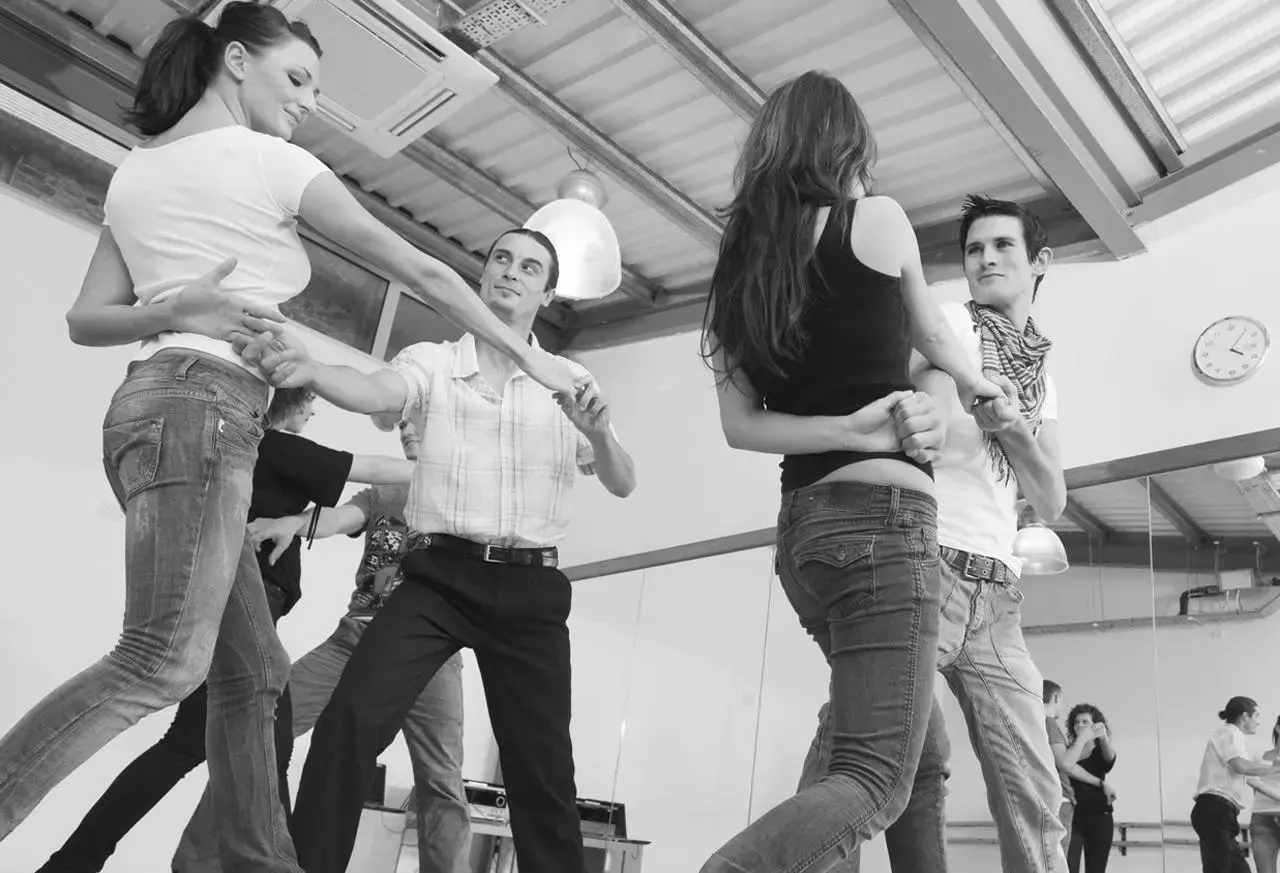
Dance partners
Create your dance profile on Lets-Dance
Dancewear, shoes & accessories
Discover dance schools
Register your dance school
Popular blog posts about dancing
Quickstep in your city
Top cities for finding a dance partner
